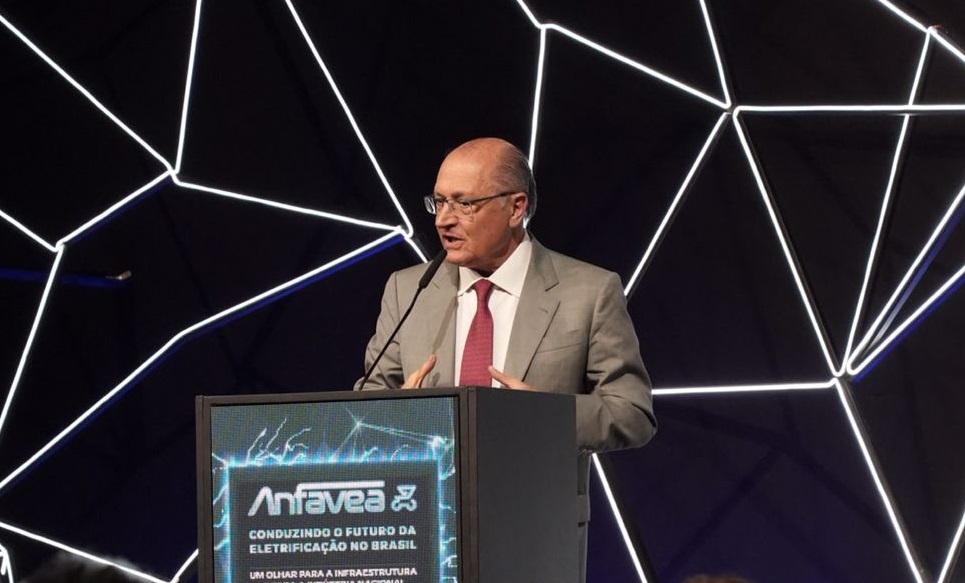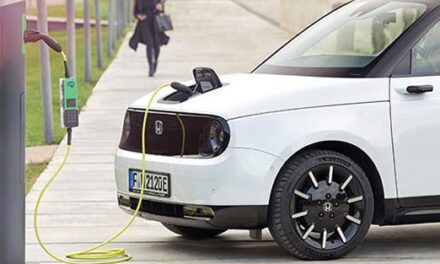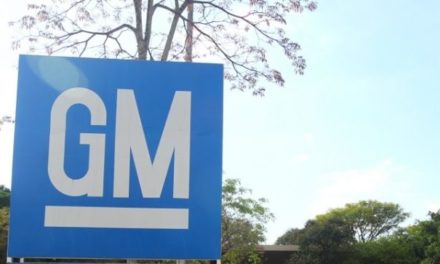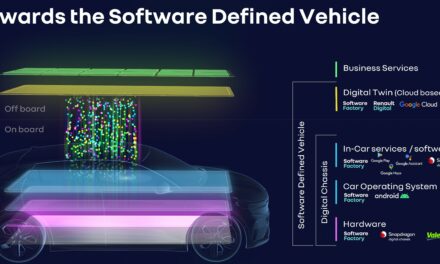By Alzira Rodrigues | 7/7/23 | Translated by Jorge Meditsch
The affordable car incentive program ended this Friday, 7/7, with the liberation of R$ 800 million in tax credits for manufacturers to be converted into discounts for the consumer.
The announcement was made by Geraldo Alckmin, Brazil’s vice president and minister of Development, Industry, Commerce and Services. The government estimates that 125 thousand automobiles and light commercial vehicles should be commercialized with discounts from R$ 2 thousand to R$ 8 thousand.
“Just for personal consumers, with the R$ 500 million initially announced, 95 thousand vehicles have been sold”, he said.
Despite the credit liberation has ended, the dealers still have in inventory vehicles invoiced by manufacturers with discounts.
As Anfavea previewed on the day the program was announced, it lasted only one month. The measure also includes trucks and buses that still have resources available for the manufacturers.
According to the minister, the light vehicle package has facilitated access to brand-new models giving breath to the automotive chain, which employs 1.2 million people. He explained that from the R$ 800 million available, R$ 150 million should compensate for the loss of tax revenue due to discounts over the final price.
Alckmin emphasized the program’s emergency character, remembering that the government is also working on structural measures to improve the industry’s productivity and competitiveness, such as interest reduction and the Tax Reform approval.
According to the MDIC, credits were divided among manufacturers, with Stellantis receiving R$ 310 million; Volkswagen, R$ 100 million; Renault, R$ 90 million; Hyundai, R$ 80 million; GM, R$ 50 million, Nissan and Toyota, R$ 20 million each; and Honda, R$ 10 million.
- Importações de autopeças, principalmente da China, seguem em alta - 30 de abril de 2025
- Importados atingem participação de 14,7% na frota circulante - 29 de abril de 2025
- Frota circulante cresce, mas envelhece no caso dos carros e caminhões - 29 de abril de 2025










